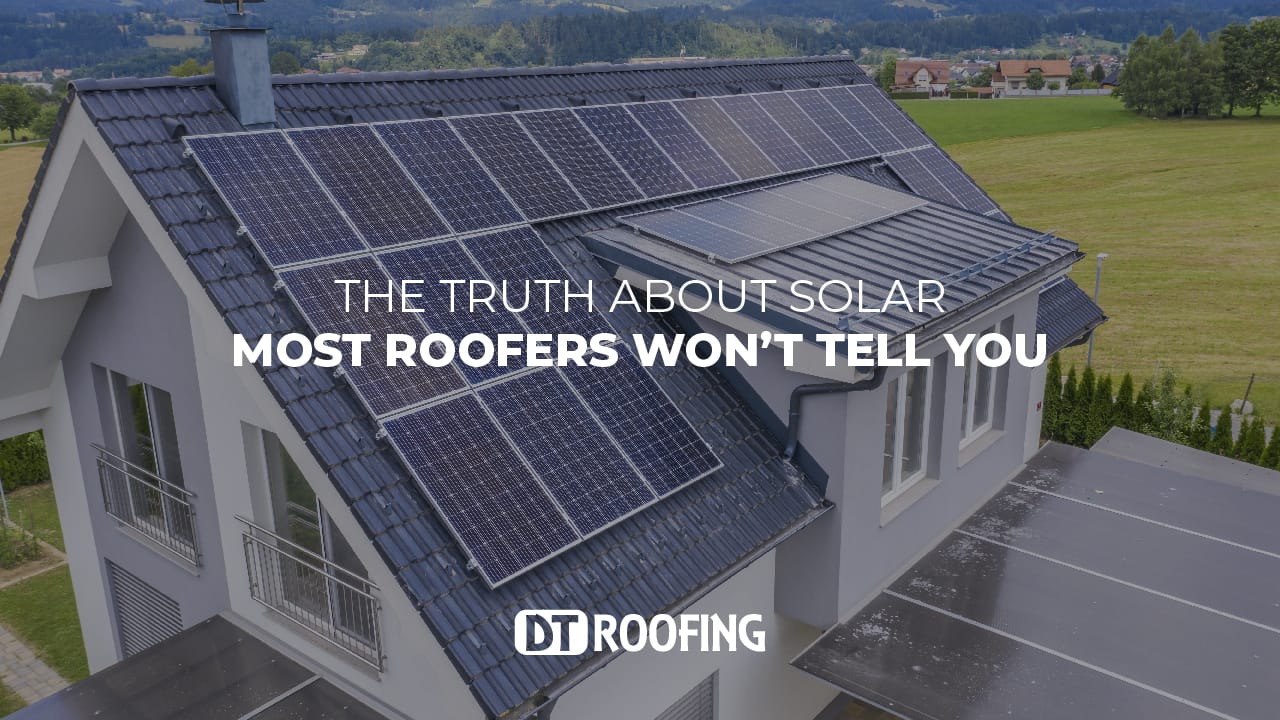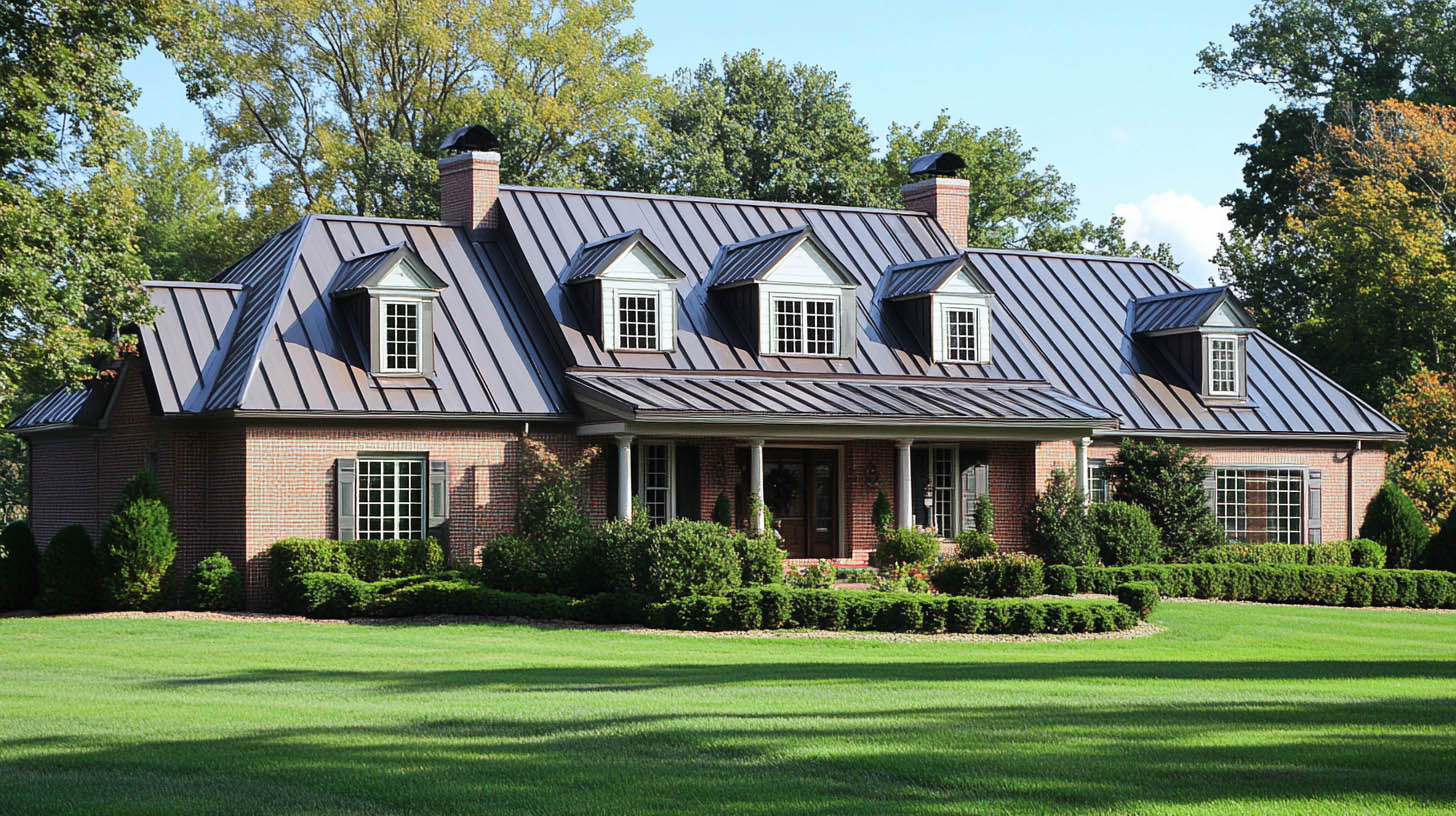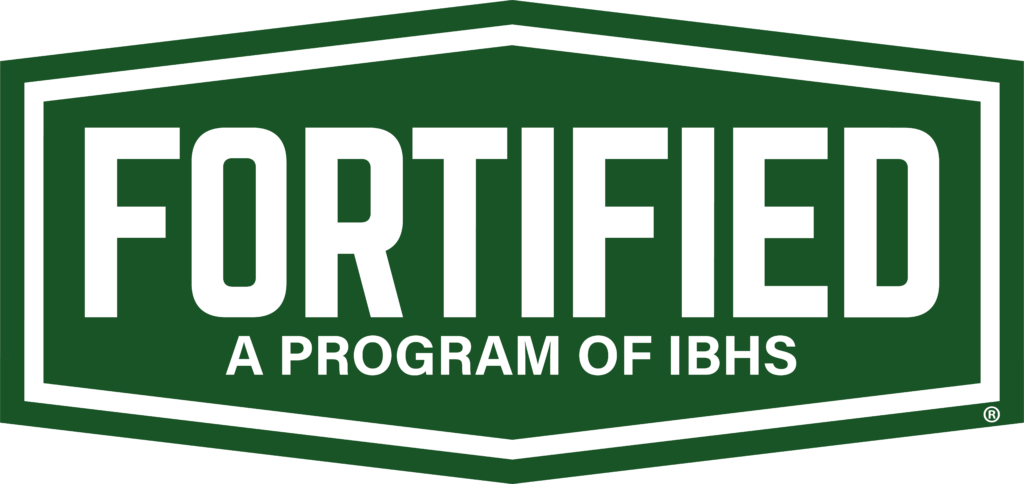
How Wind Can Impact the Integrity of Roof Structures
Texas is no stranger to high winds. In Weatherford, TX, gusty thunderstorms, straight-line winds, and even tornado activity can occur throughout the year, posing a serious threat to homes. One of the most vulnerable parts of any home during a wind event is the roof. It acts as your first line of defense but also bears the brunt of wind pressure. Understanding how wind can impact the integrity of roof structures is essential for every homeowner in the region.
At DT Roofing, we’ve seen firsthand how wind can slowly deteriorate a roof—or cause catastrophic damage in a matter of minutes. Whether you’re building new, upgrading your roof, or simply wanting to stay informed, knowing how wind affects roofing systems can help you take proactive steps to protect your investment.
Wind Pressure and Uplift: The Hidden Forces at Work
When strong winds pass over a roof, they create different types of pressure. These forces aren’t just coming from above—they’re dynamic and apply stress in multiple directions:
- Positive Pressure: Wind pushes against the side of your home, creating a force that tries to lift the roof away from the structure.
- Negative Pressure (Uplift): As wind flows over the roof, it creates suction—similar to an airplane wing—which tries to lift the roof materials upward.
Roof edges, corners, and ridgelines are particularly susceptible to this uplift force. If shingles or panels are not properly fastened or if flashing is deteriorating, wind can get underneath and begin peeling sections away. This is often how roof damage starts, with one lifted shingle or panel leading to a chain reaction during extended or repeated wind events.
Common Wind-Related Roof Damages
In Weatherford’s climate, where 40 to 60 mph winds are not uncommon, even well-installed roofs can suffer damage over time if not inspected and maintained. Here are the most common types of wind-related roof issues we encounter:
1. Shingle Lift and Blow-Off
Standard asphalt shingles can be vulnerable to uplift, especially if they’re nearing the end of their lifespan or were poorly installed. Once lifted, shingles can break off entirely, exposing the underlayment and decking to the elements.
2. Flashing Failures
Flashing seals the joints around chimneys, vents, and roof edges. High winds can bend, crack, or dislodge flashing, allowing water to infiltrate the roof structure.
3. Fascia and Soffit Damage
These supporting structures help manage airflow and water runoff. Winds can break or displace fascia boards and soffits, which may seem minor but can compromise attic ventilation and create entry points for pests or moisture.
4. Structural Compromise
In severe storms, wind can cause damage to trusses, rafters, or the roof deck itself. This level of damage is serious and may not always be visible without a professional inspection.
The Importance of Proper Installation and Fastening
The way a roof is installed has a direct impact on how well it resists wind damage. Incorrect nail placement, low-quality adhesives, or failure to seal joints can make even new roofing systems vulnerable. That’s why roofing codes in Texas require specific fastening patterns, especially in high-wind zones.
As a certified installer of high-performance systems like Owens Corning, our team at DT Roofing uses industry-leading products and adheres to strict installation protocols. For example, using six nails per shingle instead of the standard four can significantly increase wind resistance. Similarly, starter strips and ice-and-water shields help lock down edges and prevent wind intrusion.
Regular Inspections: Your Best Defense Against Wind Damage
Most wind-related roof damage happens gradually—not all at once. Regular inspections allow homeowners to catch early signs of damage before they turn into costly problems. We recommend:
- Annual roof inspections, especially before and after storm season
- Post-storm assessments after high wind events
- Close-up evaluation of vulnerable areas like ridges, eaves, and flashing
Even small repairs—like resealing flashing or replacing a few shingles—can extend the life of your roof and protect your home from water intrusion.
Upgrading to Wind-Resistant Roofing Systems
If you’re replacing your roof or building new, now is the time to consider wind-resistant materials. Impact-rated shingles, metal roofing, and standing seam systems are all excellent choices for homes in wind-prone areas.
Look for products with:
- Class 4 impact resistance
- Wind warranties up to 130–150 mph
- Enhanced adhesive sealing
- High-quality ridge caps and edge protection
It’s also important to choose a roofing contractor with a strong track record of successful wind-zone installations. The right product installed the wrong way won’t protect your home.
Insurance and Roof Wind Damage
Many homeowners are unaware that roof damage from wind may not be fully covered unless certain conditions are met. Insurers may require proof of maintenance, installation details, or inspection records. Keeping these documents organized—and working with a contractor that provides detailed reports—will help streamline any future claims.
In Weatherford, where insurance claims from storm damage are common, having an impact-resistant, wind-tested roofing system can also lower your premiums or increase your policy options.
Final Thoughts: Be Proactive, Not Reactive
Wind is one of the most underestimated threats to your roof’s structural integrity. From subtle wear over time to sudden, catastrophic events, wind can weaken your home’s most important protective barrier. The good news is that you can prepare for it—through smart material choices, professional installation, and routine inspections.
If you’re concerned about wind damage or are planning a new roofing project in Weatherford, TX, our experienced team at DT Roofing is here to help. We’ll assess your current system, recommend the best solutions for wind resistance, and provide top-tier installation backed by experience, certifications, and integrity.
Read also our blog: Benefits and Features of Standing Seam Metal Roofs











